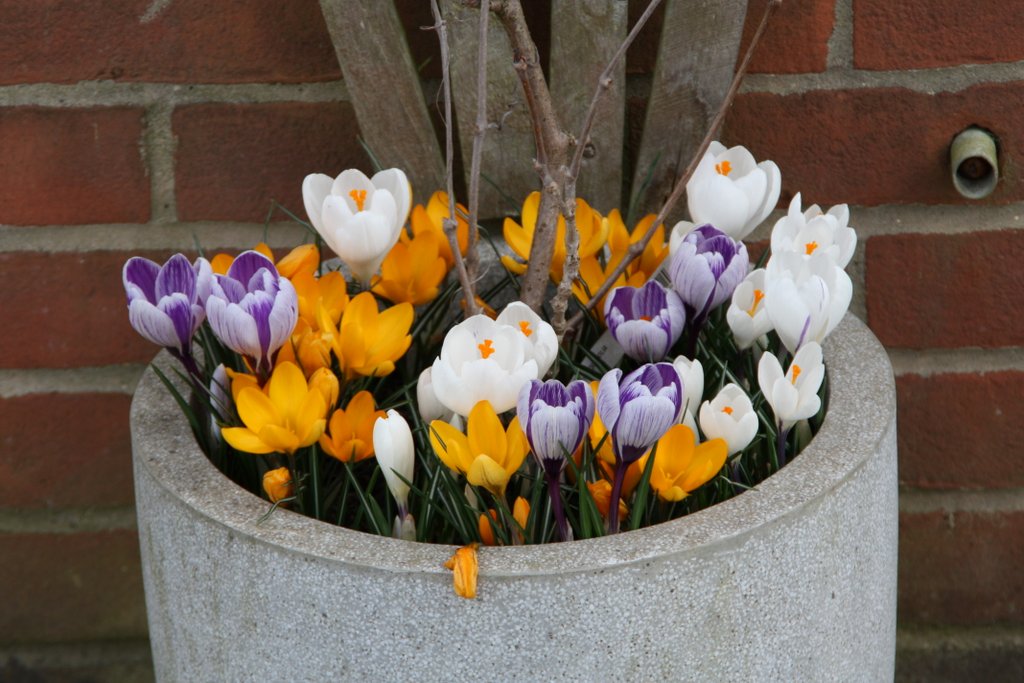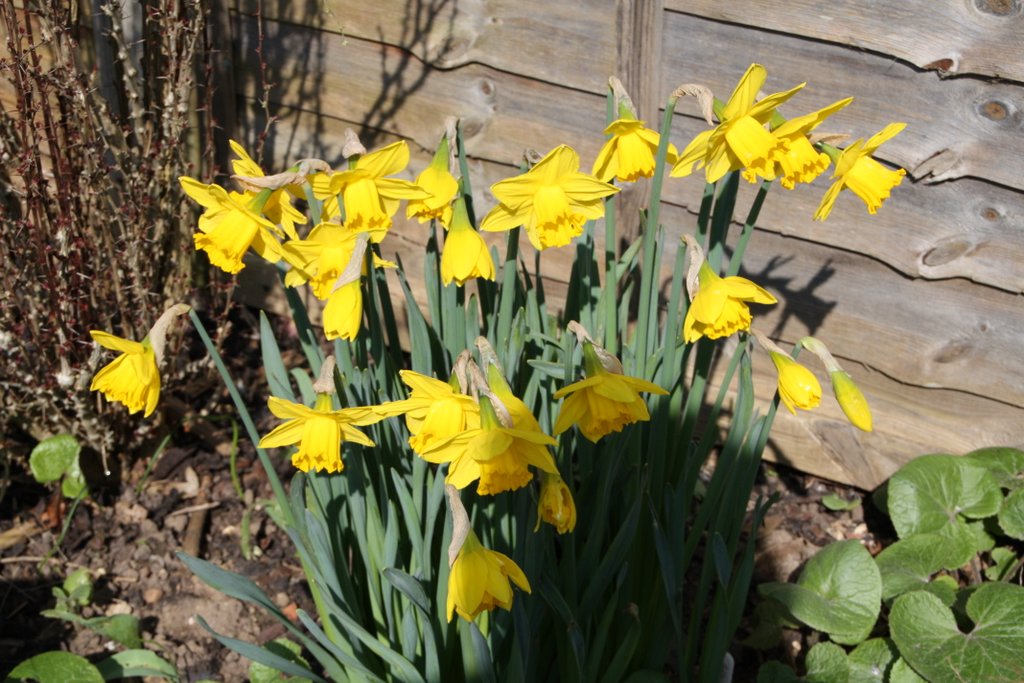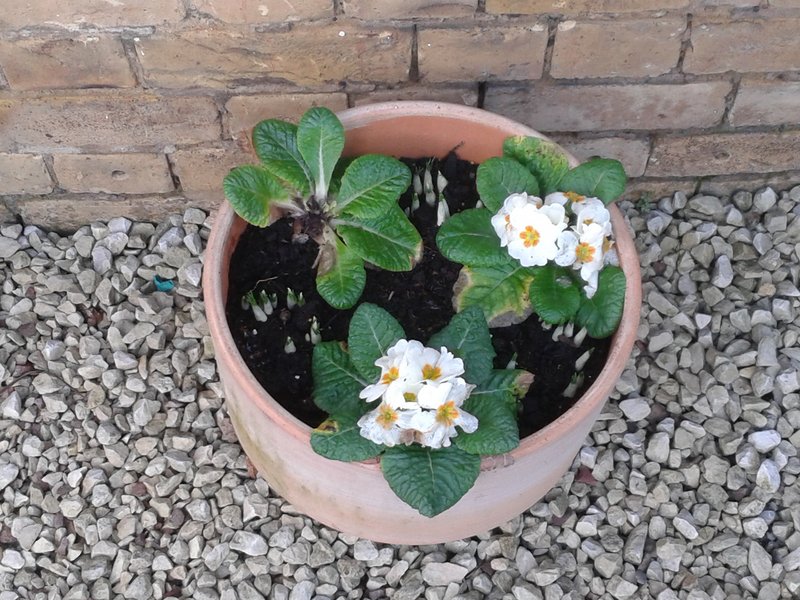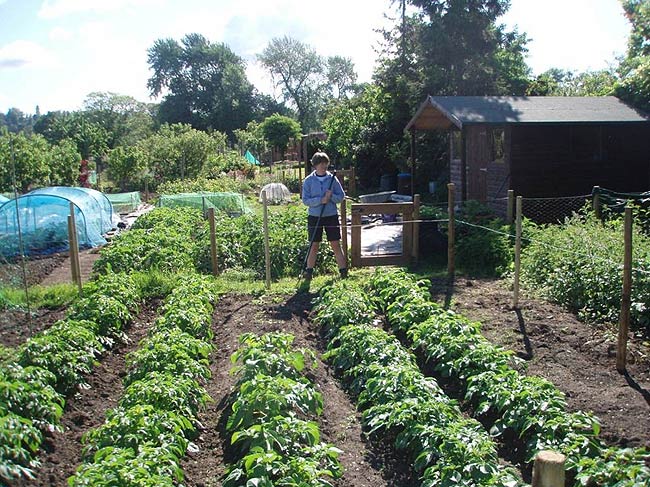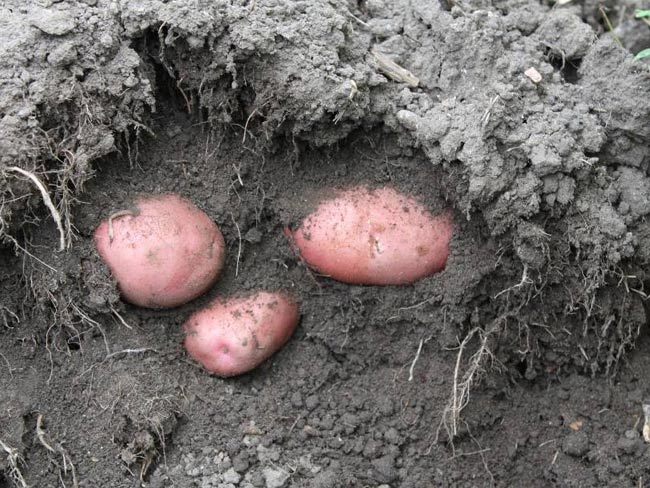As the year heads to a close, we’ve been reflecting on the most successful crops (and the others) of 2012. Broadly speaking vegetative crops did well, while the fruiting ones struggled rather more.
Cabbages have done well, with our existing favourites ‘Minicole’ and ‘Kalibos’ which provided steady cropping from August until October, when we cut the remaining heads for storage and anticipate that these will keep us going until the end of the year. We also have some January King that will hopefully stand through the winter and see us on to February.
The dwarf French beans that we grew ‘Sonesta’ were excellent, high yielding, tasty and the bright yellow pods made them easy to spot and therefore easy to pick while they were still young.
Beetroot was again a solid performer especially ‘Boltardy’, the ‘Burpees Golden’ were tasty but did not give such a good yield. We had a bit of a problem with germination in the first instance, possibly because things got so dry in March (remember that).
Another outside crop that did well, perhaps surprisingly bearing in mind the weather was the sweet corn ‘Swift’. We had a glorious few weeks in late summer when every meal was started off with fresh sweet corn. We will be sticking with this cultivar.
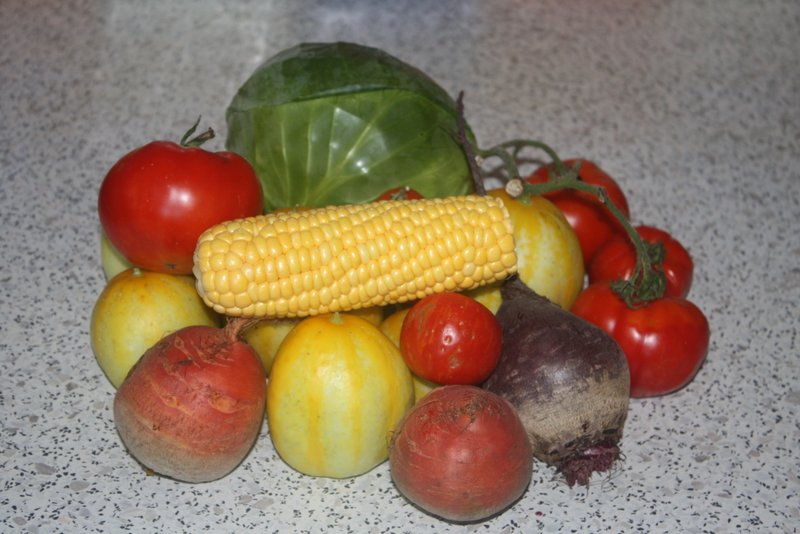
Some of this year's crops
In the greenhouse, the cucumber that we grew ‘Lemon Crystal’ was also a star performer, the small(ish) round yellow fruits tasted good and provided an attractive splash of colour in salads. Later in the year the remaining fruits provided a good base for pickle-making. We had some success with ‘Big Jim’ chillis, which are quite mild, but grow to a spectacular size. The ‘Twilight’ chillis that we grew outside are much perkier, but the wet cool weather meant a pretty poor crop. ‘Twilight’ has done well before, so we’re happy to blame the weather.
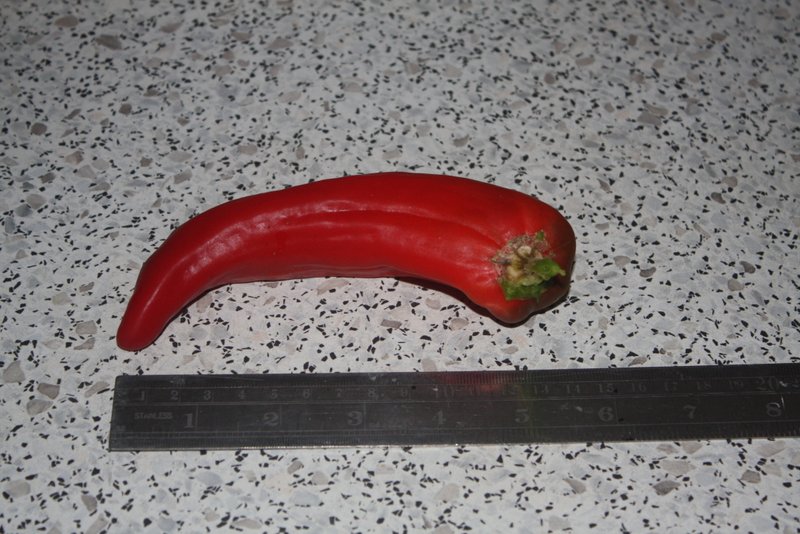
Big Jim Chilli
The big let down of the year were the cucurbits. The ‘Yellow Orelia’ courgette kept us going, but aside from that the yield from the various pumpkins and squashes was very disappointing. Given how well these plants performed last year it was a double blow to have so few fruits available for storage. The one bright spot was the lovely flavour of the ‘Uchiki Kuri’ squash, which have earned a place in next plans in the hope that the weather will allow more to grow and ripen.
Even though the cabbages did well, we had more problems with some other brassicas. The cauliflowers were chewed off by slugs/snails before they got going and the calabrese threw up very small heads, most of which turned to flower before we could harvest them.
All in all it was a year with more pluses than minuses and even the setbacks have not quenched our enthusiasm. Next year’s seeds have arrived and the spreadsheet on the study wall reminds us that it is only a few weeks before we start sowing again.


